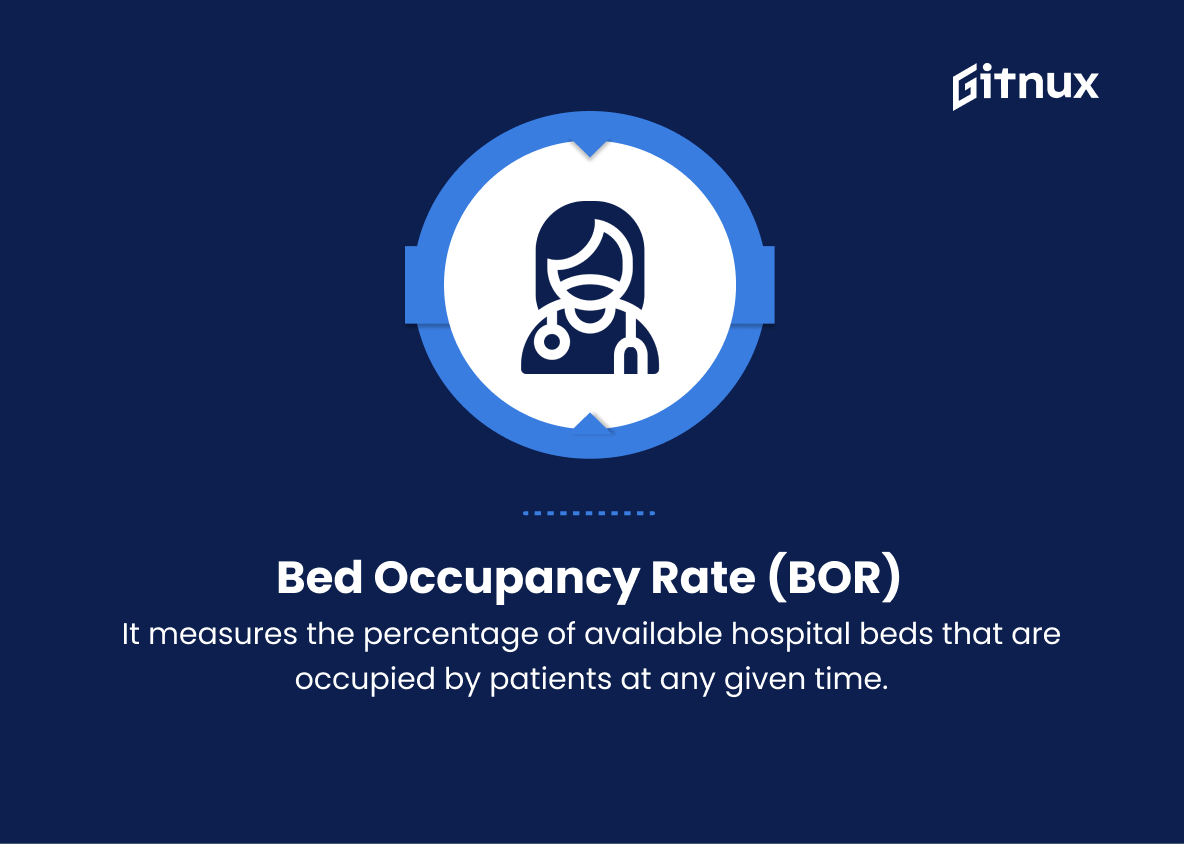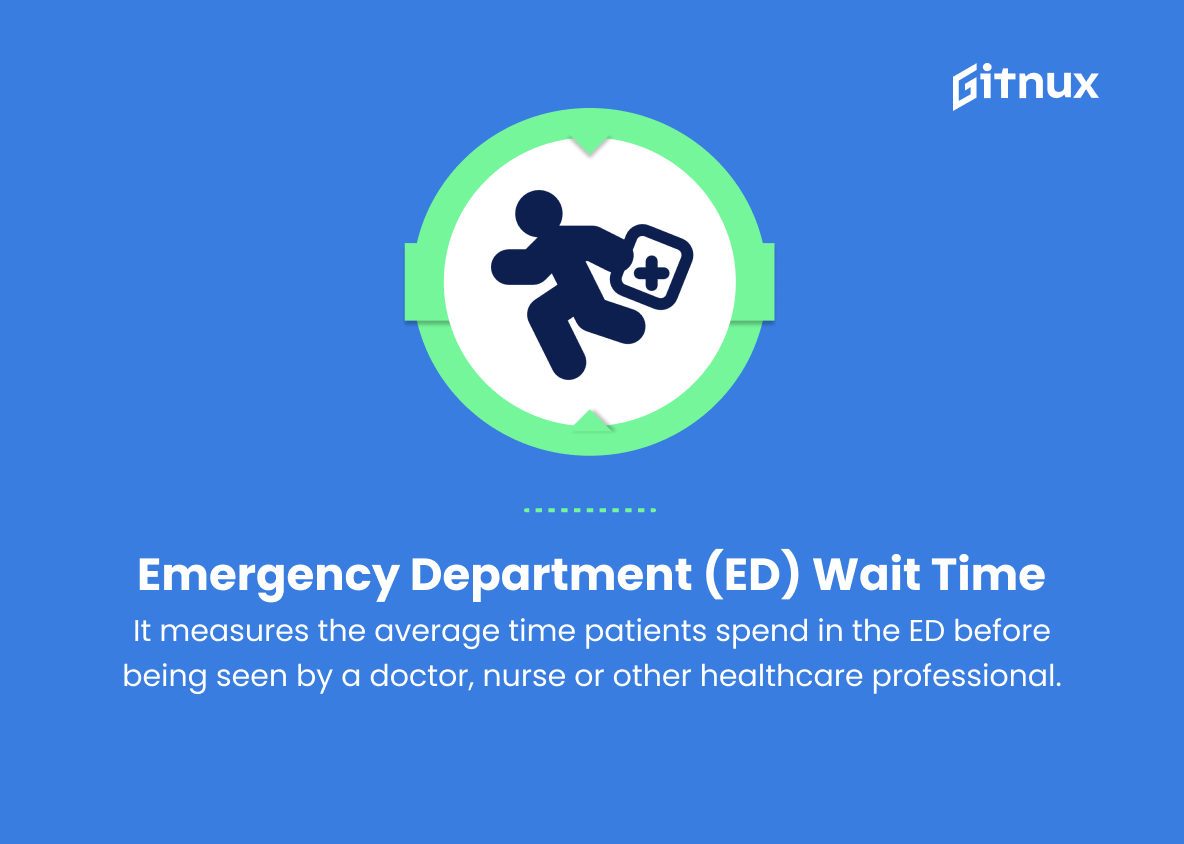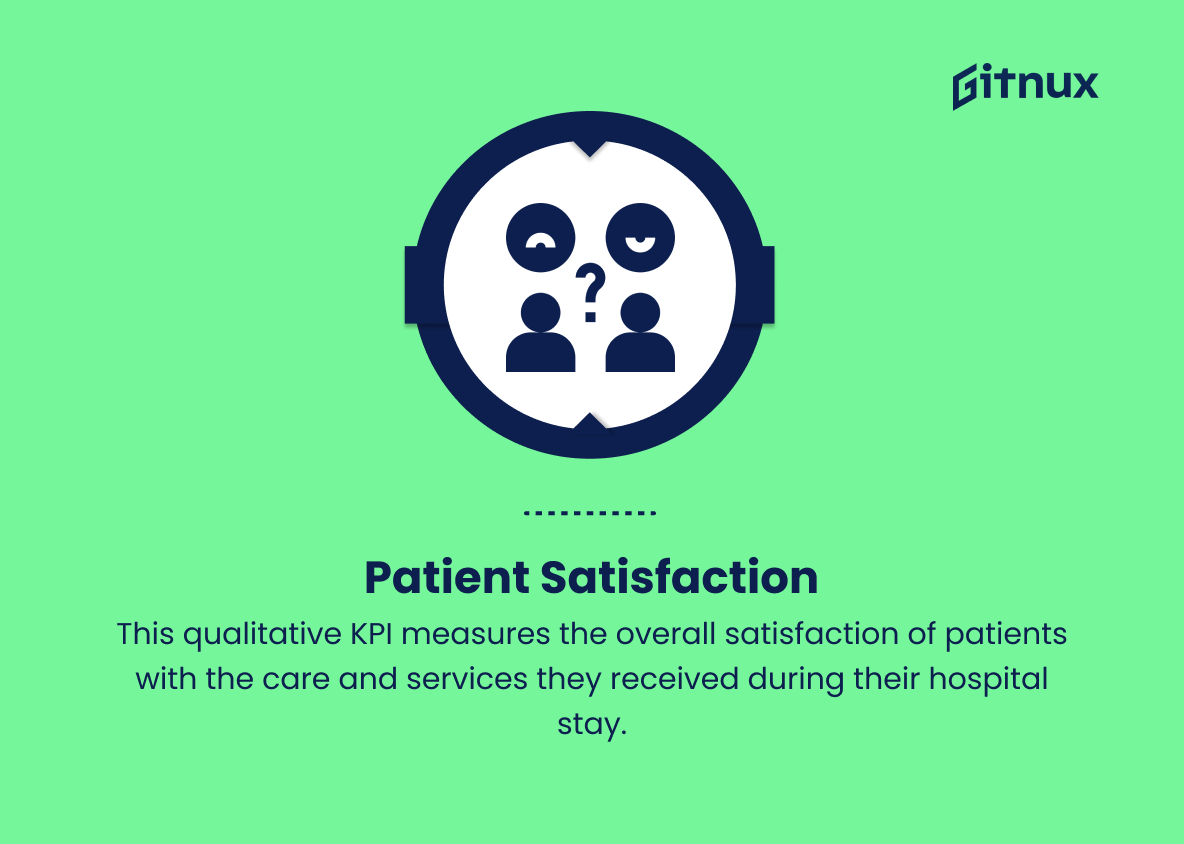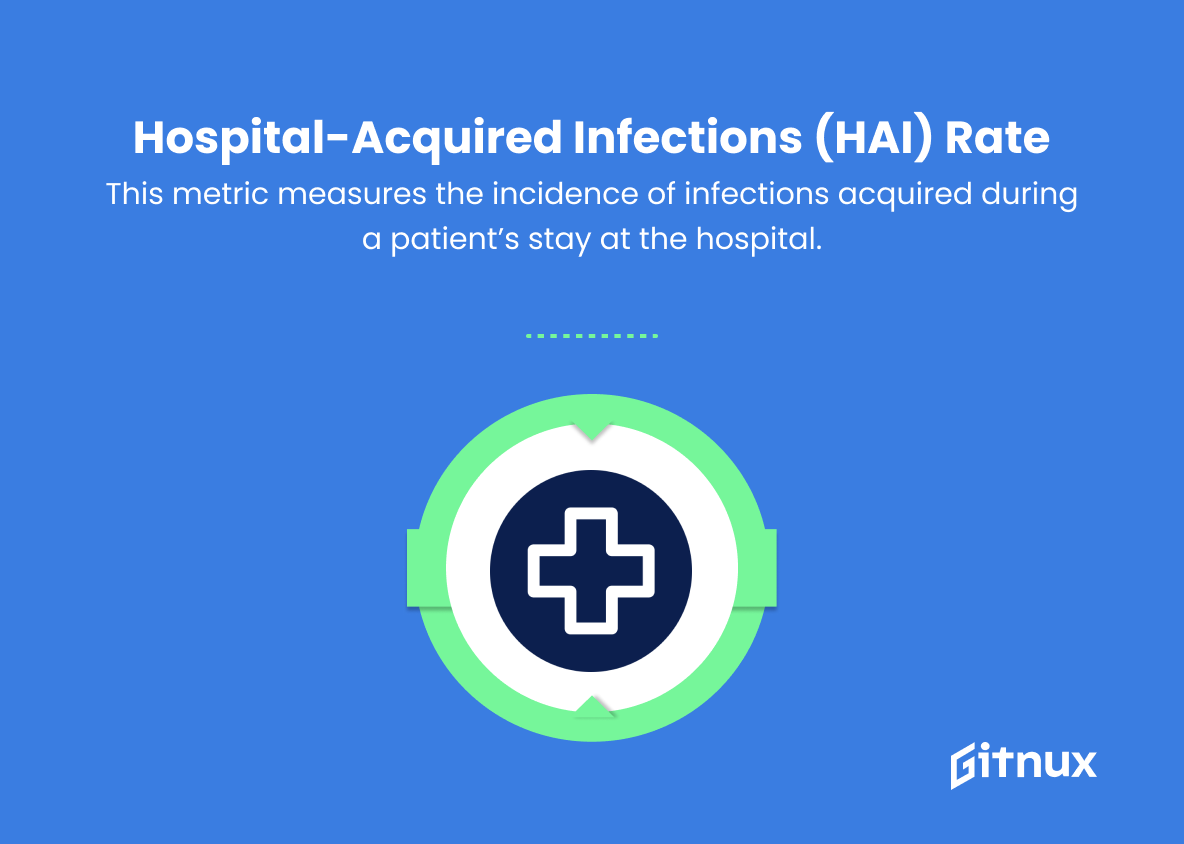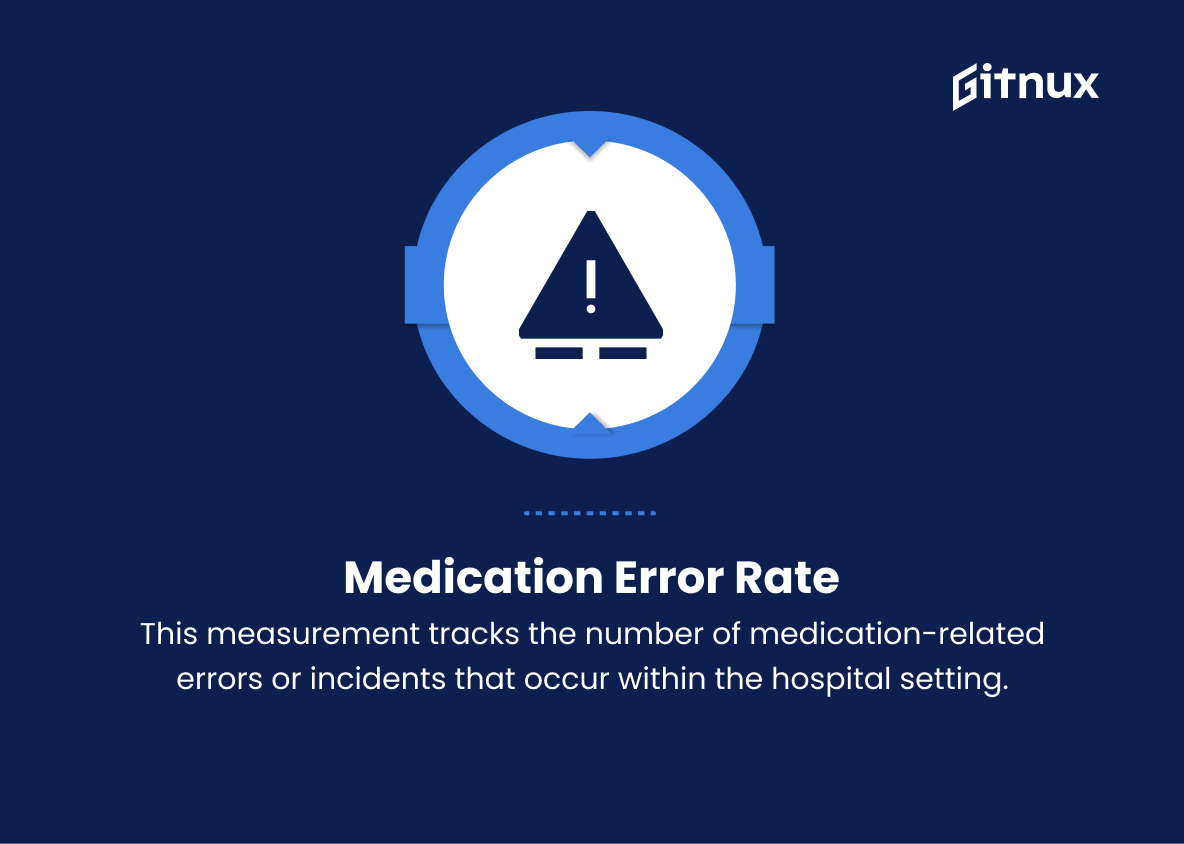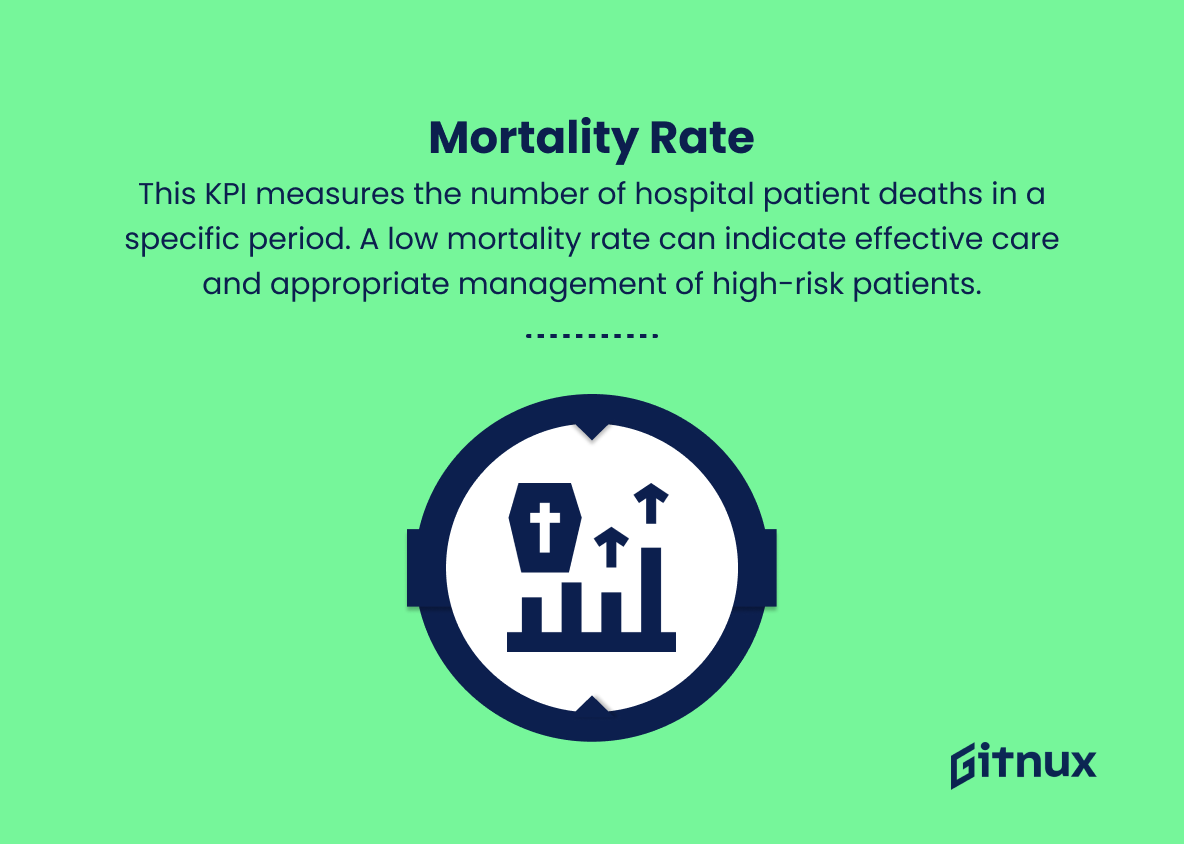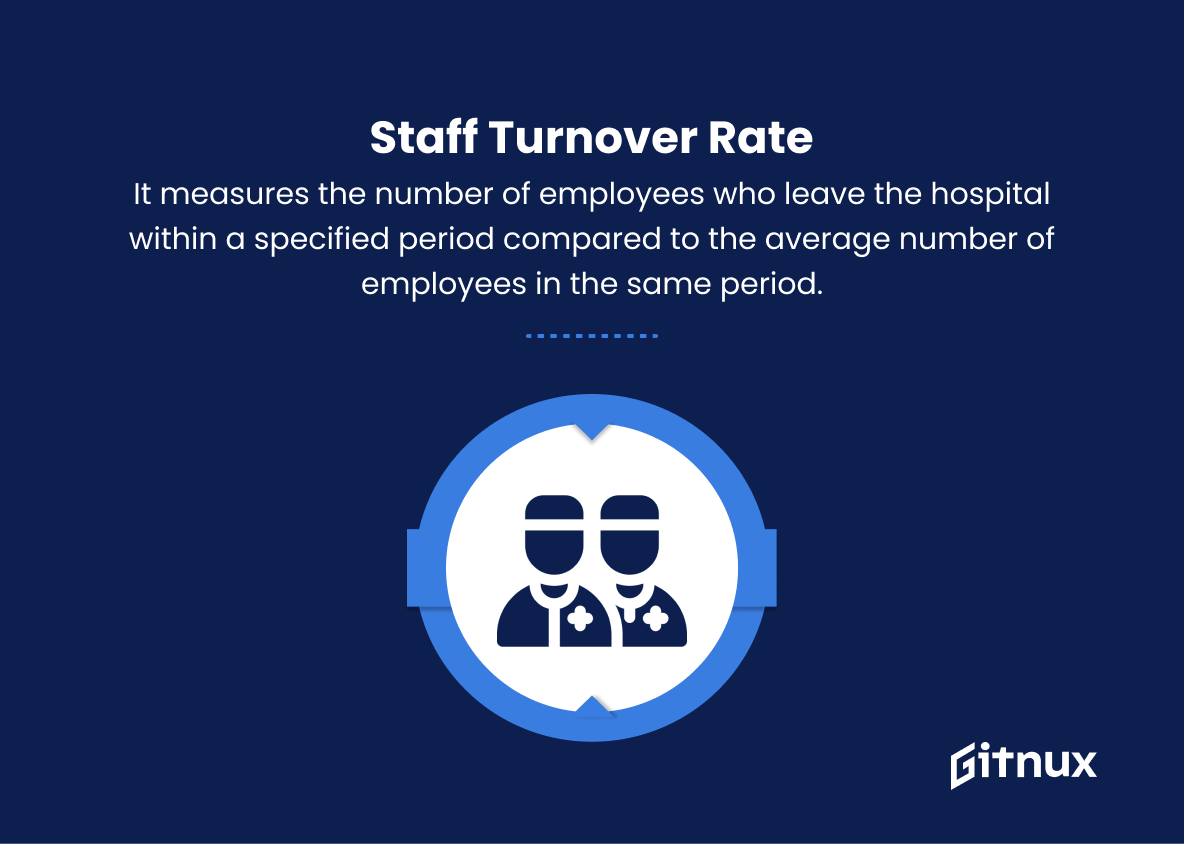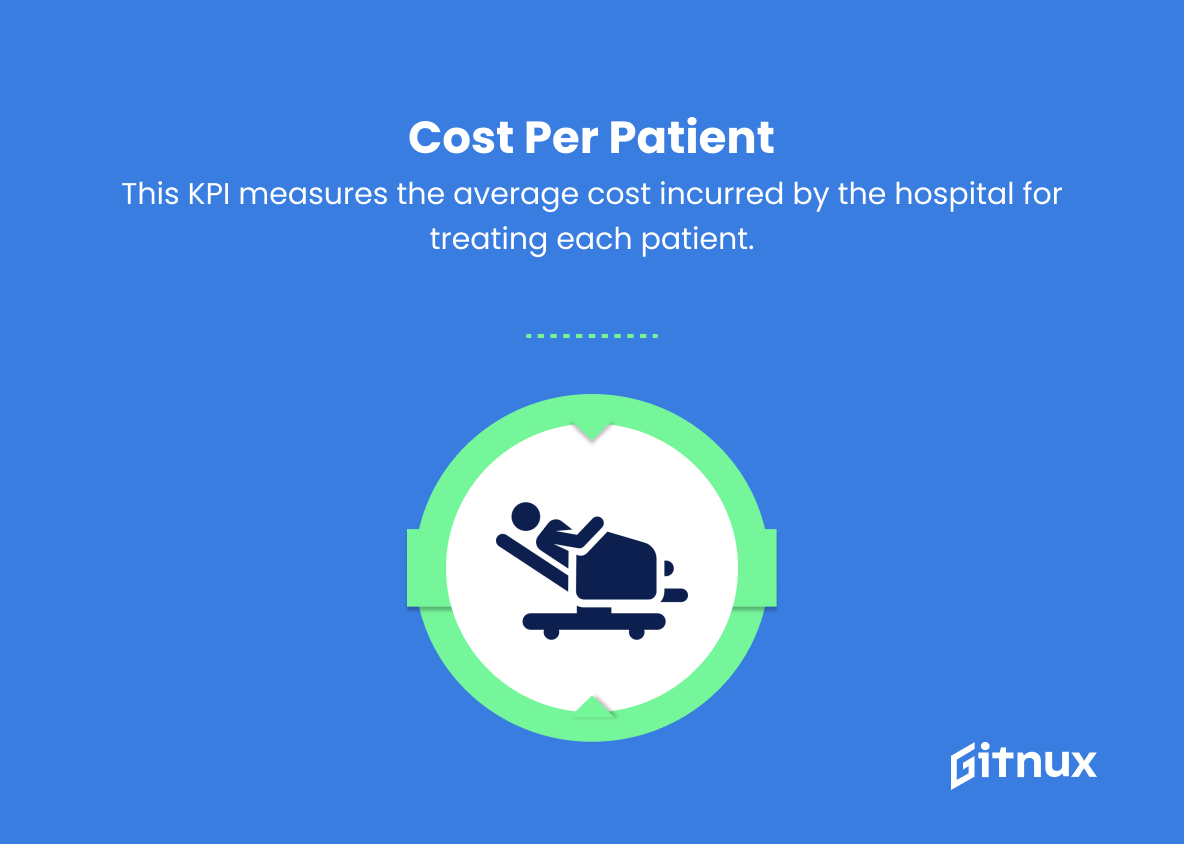In today’s dynamic healthcare landscape, it is critical for medical institutions such as hospitals to implement, monitor, and maintain key performance indicators (KPIs). These critical metrics serve as an essential tool for evaluating the effectiveness, efficiency, and overall adherence to best practices within the hospital environment.
A comprehensive understanding of hospital KPIs enables decision makers to identify areas for improvement, streamline processes, optimize patient outcomes, and strategically allocate resources. This blog post takes a deep dive into the complexities of hospital KPIs, highlighting their importance, specific recommendations for selecting the right KPIs, and tangible strategies for improving your hospital’s performance in a sustainable and measurable way.
Hospital KPIs You Should Know
1. Bed Occupancy Rate (BOR)
It measures the percentage of available hospital beds that are occupied by patients at any given time. A high BOR can indicate a high demand for the hospital’s services, while a low BOR may indicate a lack of demand or inefficiencies within the facility.
2. Average Length of Stay (ALOS)
This KPI measures the average time a patient spends in the hospital from admission to discharge. A shorter ALOS can sometimes indicate efficient processes and effective treatments, while a longer ALOS can signal inefficiencies or gaps in the standard of care.
3. Emergency Department (ED) Wait Time
It measures the average time patients spend in the ED before being seen by a doctor, nurse or other healthcare professional. Shorter wait times demonstrate efficient patient triage and quicker access to care.
In today’s dynamic healthcare landscape, it is crucial for medical institutions, such as hospitals, to implement, monitor, and maintain key performance indicators (KPIs).4. Readmission Rate
This KPI measures the percentage of patients who return to the hospital within a certain period after being discharged, typically 30 days. A high readmission rate can signify ineffective treatment or inadequate discharge planning.
5. Patient Satisfaction
This qualitative KPI measures the overall satisfaction of patients with the care and services they received during their hospital stay. Higher patient satisfaction scores can indicate better quality of care and positive patient experiences.
6. Hospital-Acquired Infections (HAI) Rate
This metric measures the incidence of infections acquired during a patient’s stay at the hospital. A lower HAI rate can indicate effective infection control measures and overall cleanliness within the facility.
7. Medication Error Rate
This measurement tracks the number of medication-related errors or incidents that occur within the hospital setting. A low medication error rate can highlight an effective medication management system and adherence to best-practice protocols.
8. Mortality Rate
This KPI measures the number of hospital patient deaths in a specific period. A low mortality rate can indicate effective care and appropriate management of high-risk patients.
9. Surgical Complication Rate
This KPI measures the incidence of complications arising from surgical procedures. A lower rate can signify the application of best-practice surgical guidelines and competency of the healthcare professionals.
10. Staff Turnover Rate
It measures the number of employees who leave the hospital within a specified period compared to the average number of employees in the same period. A high turnover rate can indicate inconsistent staffing levels or employee dissatisfaction, while a low rate can signify stable staffing and a satisfactory work environment.
11. Case Mix Index (CMI)
This KPI measures the average complexity and resource-intensiveness of the hospital’s patient population. Higher CMI values represent more complicated patient caseloads, while a lower CMI can indicate a lower patient care intensity.
12. Cost per Patient
This KPI measures the average cost incurred by the hospital for treating each patient. Lower cost per patient can signify efficient use of resources and financial management, while higher costs suggest inefficiencies or higher resource requirements for patient care.
Hospital KPIs play a crucial role in assessing the overall performance, efficiency, and quality of care provided by a healthcare facility.Hospital KPIs Explained
Hospital KPIs play a critical role in assessing the overall performance, efficiency and quality of care provided by a healthcare facility. Bed occupancy helps determine the demand for a hospital’s services and its ability to meet patient needs. Average length of stay and emergency department wait times provide insight into the effectiveness of care and how efficiently it is managed.
Readmission rate and patient satisfaction can indicate the success of treatment and patient experience, while hospital-acquired infection rate and medication error rate demonstrate the effectiveness of infection control and medication management systems. Mortality rate, surgical complication rate, and staff turnover rate are important indicators of the quality of patient care, the competence of healthcare professionals, and the satisfaction of the work environment.
Finally, case mix index and cost per patient provide an understanding of the complexity and resource intensity of patient care, which can indicate the efficiency of a hospital’s financial and resource management. Overall, analyzing these KPIs allows hospitals to identify areas for improvement and strive for better patient outcomes and experiences.
Conclusion
In summary, it is essential for hospitals and healthcare providers to effectively monitor and manage their KPIs. Implementing data-driven and evidence-based decision-making processes is critical to ensuring patient satisfaction, quality of care, and financial stability.
By continuously evaluating these KPIs and seeking improvements, hospitals can optimize their operations and ultimately deliver the best possible healthcare services to their patients. Only when healthcare organizations recognize the importance of hospital KPIs and remain committed to continuous improvement can we truly transform and improve healthcare for the benefit of all stakeholders.
